Inspiring kids to read – 6 ways to create a more literate environment
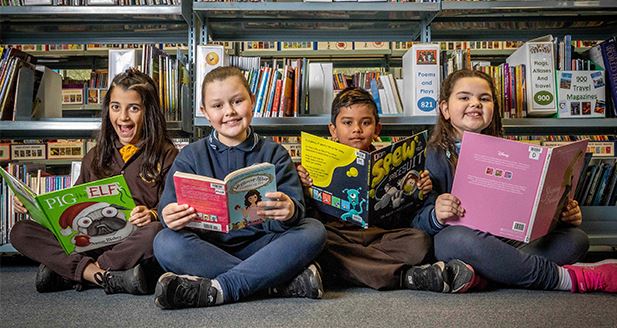
Reading instruction is much more than explaining. The ultimate goal is to inspire students to be readers.
As educators we need to create an inspiring literate environment – that is, an environment that immerses students in genuinely literate activity. But what does a “literate environment” look like? Do we emphasise recreational reading? Or understanding humanity through good literature? Or functional texts such as passing tests or reading directions?
All of these are important, but rather the important point is that teachers must care, because our caring inspires students. We care about why it is important for students to learn to read and write.
** The Power of Expectancy **
Establishing a positive expectancy is a powerful teacher tool. That is, expecting students to be a certain way becomes a “self-fulfilling prophecy”. Students respond to the expectations you set, and they rise to the levels established. In reading, setting an expectation by immersing students in real literacy often inspires them to rise to that expectation and to develop their own visions for literacy. In short, they are motivated by your passion for using literacy in important ways.
6 Characteristics of a Literate Environment
All classrooms are different but the following are helpful in serving as implicit messages to students about what is really important about learning to read.
1) Fill the environment with text
If interesting and exciting texts are available in the classroom, students are more likely to be enticed to read. Include a wide range of genres and levels of difficulty attractively arranged to encourage browsing. Include non-book texts too: maps, student-generated texts, magazines, charts and access to audiobooks.
2) Organise the classroom so that students have lots of time to read
The general guideline is that students should do 45 minutes of easy reading every school day. This can be broken up, with 15 minutes during a designated free reading time, 7 minutes during a break in activities and so on. But students do not learn to read unless they read a lot. And they cannot get better by reading difficult material. This is especially true for struggling readers. Thus, students must have lots of time to read easy materials without interference from us and without focusing on skills or strategies.
One of my best resources as a classroom teacher was the librarian: they know the latest books, new series, can recommend author interviews etc. One of my very best friends is a librarian and her passion for kids’ reading and knowledge of authors is incredible – believe me when I say that a great librarian is one of your best resources.
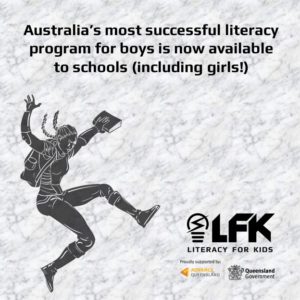
3) Build rich oral and written vocabulary
Reading is language and language is made up of words. Words reflect experiences. As an example, you would be familiar with the words “mesa” and “butte” and know that they are landforms if you’ve lived in the desert. The more experiences you have, the more words you have; and the more words you have, the more likely that you will be a good reader. So try to typify your classroom environment with rich experiences of world knowledge and new concepts. These translate into new vocabulary, which encourages children to become readers.
4) Make writing an integral part of the classroom context
I recently wrote an article about sneaky ways to include writing in other subject areas
Writing and reading are mutually supportive. The more students read, the better they write; the more they write, the better they read. Good examples of connected writing include writing in journals, writing stories, writing letters/emails, making cartoons, writing expository text in support of a class/local/world project. For older students you might like to have examples of application forms, drivers’ tests, recipes and reference materials.
Creative writing is often met with moans and groans ~ particularly from boys. The solution is to figure out a way to engage students in meaningful writing practices i.e. being less formal and connecting to their interests. Last year I created these image-rich, student-centric writing prompts. These were a huge hit with our schools! New school subscribers have access to these. Take a look at our 51 Writing Prompts teacher resource:
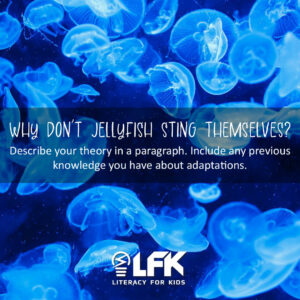
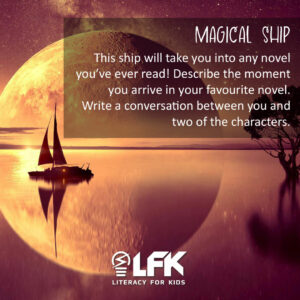
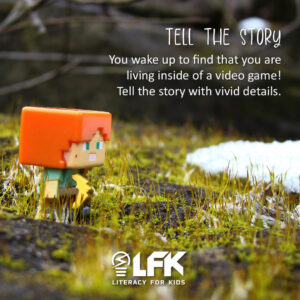
5) Include multiple opportunities for students to read under your guidance
You should dedicate some instructional time to guiding students through selections in textbooks, literature selections and content-area texts from science, history, geography, social sciences. These are opportunities for you to reinforce important learning and to engage students in rich language experiences while also providing a social occasion for sharing together.
6) Make a point of conversational talk in the classroom
In a literate environment, you and your students would chat about reading and writing together. Avoid traditional question-and-answer formats, instead, give students a voice. Aim for conversational, collaborative discussions.
To sum up, teaching reading tends to be more successful when it is organised around important tasks you and your students pursue together. As educators (& parents too!), we need to inspire our students and kids through our passion for literacy. My second point is to ensure classroom tasks are genuine forms of taking action with their literacy, not just boring “school stuff” they need to complete. With these twin forces, students can develop the belief that they are readers and writers.
Feel free to send us your writing and reading ideas to info@literacyforboys.com.au or info@literacyforkids.com.au We love hearing from teachers and parents!
Want your students to improve their literacy? Want more from your literacy program? Contact us for a 30-day free trial in your school or classroom. New schools receive this terrific Teaching Resource: 51 Writing Prompts.
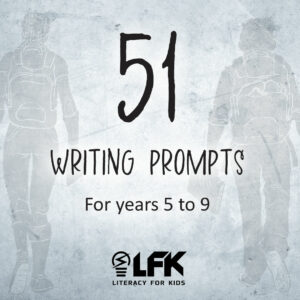
Check out our blogs for more ideas and tips.
Identify Comprehension Gaps with these great cards
Steps to Successfully Support Disengaged Learners
See us featured in The Educator Australia magazine
Research confirms that early reading boosts literacy
Boys Love LFB – Here’s what they have to say!
Get boys reading in the digital age
Why write? Tips for reluctant writers
Brought to you by Tanya Grambower

